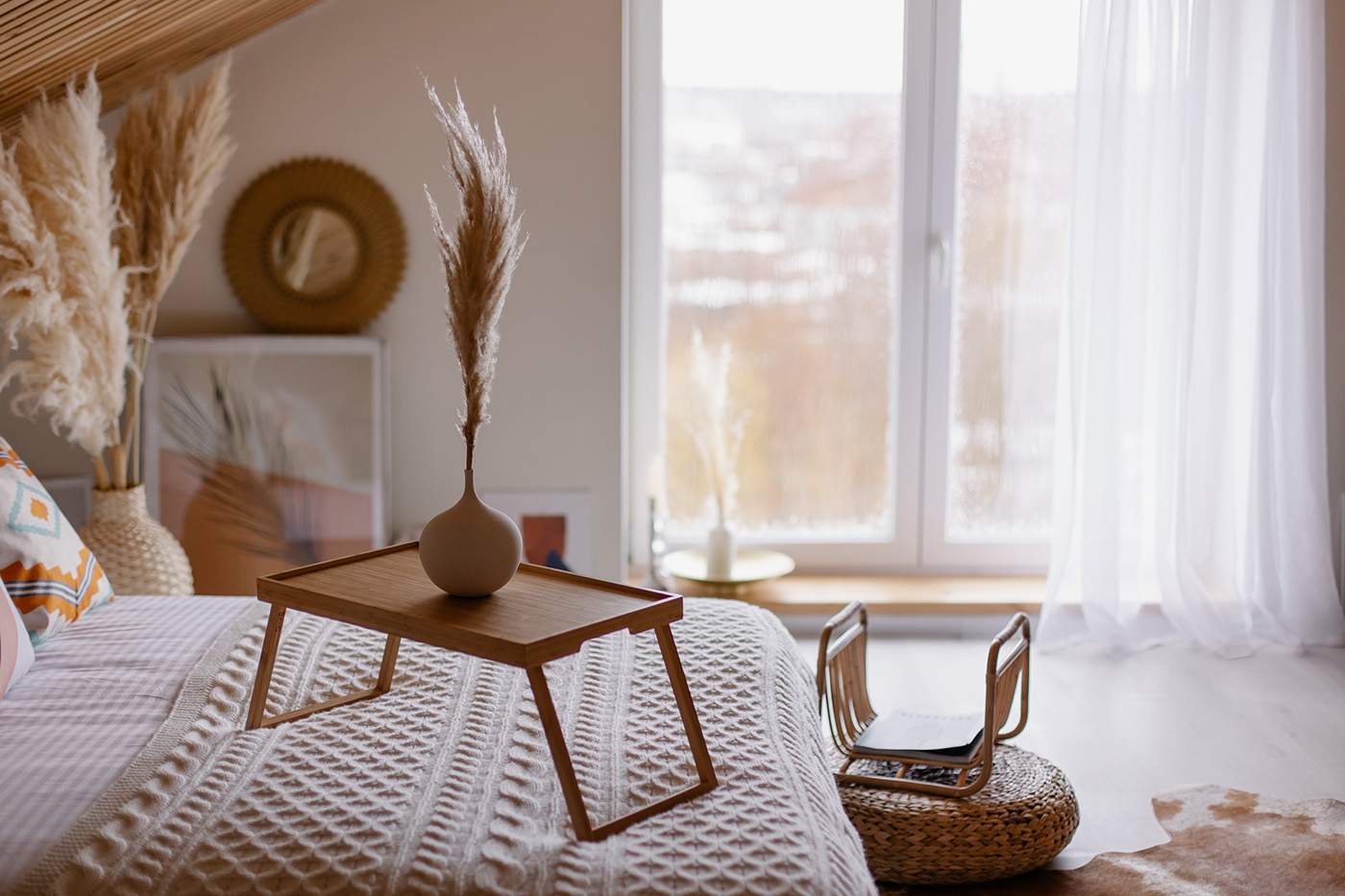Introduction
A lamp is an electrical device that produces light by the flow of electric current. Whether it is used for reading, studying, work, or decorative purposes, lamps have become an essential part of our lives. They come in different shapes, sizes, and designs to cater to different needs and preferences. In this article, we will explore the history, types, and function of lamps.
History of the Lamp
The concept of the lamp dates back to ancient times when people used natural resources to produce light. For example, the earliest lamps were made of hollow rocks, shells, or animal horn filled with moss or other organic materials soaked in animal fat or oil. The use of these lamps provided limited illumination and were often accompanied by smoke and a foul odor.
Later, in the 19th century, the invention of the incandescent light bulb by Thomas Edison revolutionized the lamp industry. Edison’s bulb used a filament made of carbonized thread that glowed when an electric current flowed through it. This innovation opened the door to electric lighting and laid the foundation for the modern-day lamps that we use today.
Types of Lamps
There are various types of lamps available in the market, each with its unique features and advantages. Some common types of lamps include:
Table Lamps
Table lamps are the most common type of lamps designed for use on a table or desk. They come in different styles, sizes, and designs and can be used for a wide range of activities such as reading, writing, or working on a computer.
Floor Lamps
Floor lamps are tall lamps that stand on the floor and are designed to provide ambient lighting. They are available in different designs and styles, and they can be used to provide light for different activities, such as reading or watching TV.
Pendant Lamps
Pendant lamps are hanging lamps that are suspended from the ceiling by a cord or chain. They are usually used for decorative purposes and can be used to highlight a specific area or object in a room.
Function of Lamps
Lamps serve various functions, depending on their design and purpose. Some common functions of lamps include:
Providing Illumination
The primary function of lamps is to provide illumination to enhance visibility in low light conditions. They are used to improve visibility while performing various tasks, such as reading or working.
Decorative Purposes
Lamps are often used for decorative purposes to enhance the aesthetics of a room. They come in different styles, sizes, and designs that can complement various room decors.
Mood Lighting
Lamps can also be used to create a specific mood or ambiance in a room. For example, dim lighting can create a relaxing atmosphere, while bright lighting can create an energizing environment.

